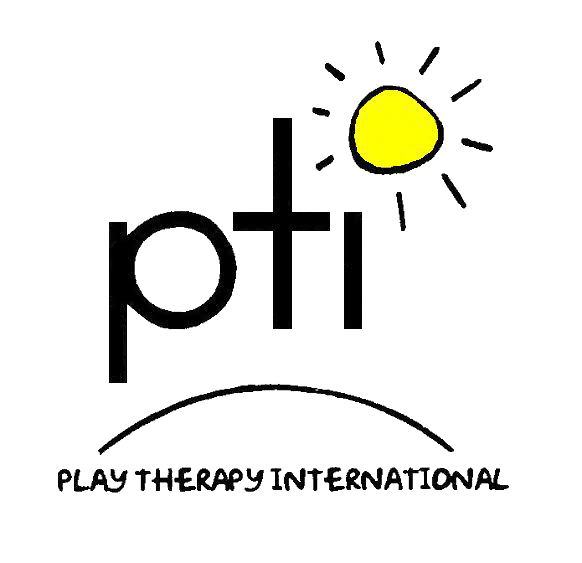3. Practitioner Membership
3.1 General
3.1.1 All practitioner members are reminded that, on applying for admission to membership or on renewal of membership, they sign an undertaking that if admitted as Full Members, and as long as they are practising members, they will observe the, regulations for the time being in force and that they will be bound by the Society’s Ethical Framework for Good Practice in the therapies, be subject to the Professional Conduct Procedure, use principles of clinical governance as recommended by the Society and fulfil the Society’s requirements for continuous professional development (CPD) therein for the time being in force.
3.1.2 Practitioner membership includes individuals and organisations (including organisations affiliated to the Society) . The Board of Directors may from time to time:
- determine, add to, amend, revoke or otherwise close such classes and sub-classes of membership as are deemed necessary
- determine the movement of members from one class or sub-class of membership to another set the criteria for entry to each class or sub-class of membership
- set entrance fees, subscriptions and other fees or payments to be made by members
3.2 Grades of Membership
3.2.1 The Society has three grades of individual practitioner membership:
(i) The Associate Member grade shall be open to anyone working with children or interested in therapeutic play, play therapy, creative arts therapies, child counselling, child psychotherapy. Also to retired or non-practising therapists.
(ii) The Full Member grade shall be open to professional therapists who have been awarded a qualification, recognised or accredited by the Society at least at Diploma level (at stage 3 of the Professional Structure Model (PSM) Training Model). and is engaged in the practice, supervision, training or management of the therapies (as defined in the Memorandum of Association), full or part time, voluntary or remunerated; Evidence of CPD is required for continuing membership. Full Members may also be designated Play Therapist (CPT), Supervisor of Child Psychotherapists and Play Therapists (CPT-S), or Professor of Child Psychotherapy and Play Therapy (CPT-P) according to their training and experience
(iii) The Trainee/StudentMembership Grade shall be open to those undertaking a training course as relevant to the therapies (as defined in the Memorandum of Association) and recognised by the Society
3.2.2 Corporate Practitioner Membership
Corporate Practitioner Membership shall be open to organisations which accept the Society’s Ethical Framework for Good Practice in working therapeutically with children and the Professional Conduct Procedure therein and such other membership conditions as the Board of Directors may from time to time determine. The term Corporate shall include the staff, volunteers, members and committee members. Corporate membership shall be open to organisations which:
- offer the therapies to children; and/or
- offer direct services to practitioners of the therapies; and/or
- offer training in the therapies; and/or
- have personnel who use the therapies in the course of their work and/or
- engage in other activities such as research that are relevant to the objects of the Society.
An organisation that is a Corporate Practitioner Member may nominate a number of individual persons employed by or associated with the organisation for individual practitioner membership at grades appropriate to their level of qualifications, skills and experience. The number of nominated persons accepted will be determined by the Corporate Practitioner Membership fees as decided by the Board of Directors from time to time. 3.3 Registration Fess. The Board of Directors will set registration fees and any changes to which shall apply from 1st January each year. Fees shall be payable to the Society at its central office.

